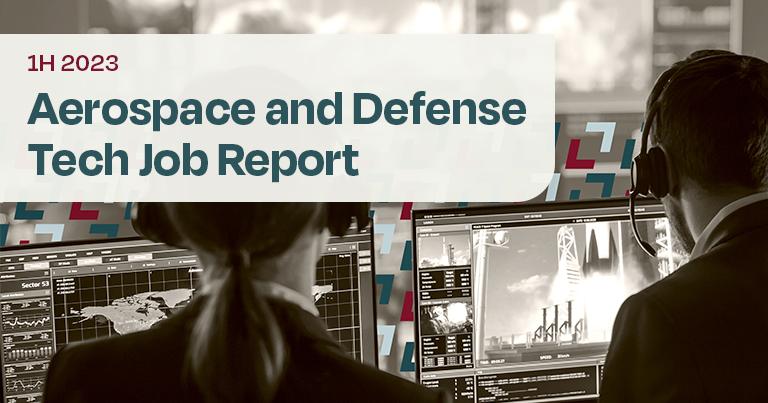Let’s review the facts. Not only are education and skill requirements continuing to rise for many positions… so is time-to-fill. This is due in large part to the tech industry’s low unemployment rate, which has led to a scarcity of tech talent. For example, according to Burning Glass data, it took an average of 47 days to fill data scientist jobs in 2019, and an average of 43 days to fill IT project manager jobs.
For employers, these trends raise a hard question: Is slow hiring due to your internal processes, or the overall marketplace? Is the bar being set too high for anyone to reach?
If any of the following scenarios sound familiar, it could be a sign that you’re being too picky.
Current Employees Don’t Meet the Hiring Standard
If the majority of your current employees don’t meet your hiring requirements, it’s a sign that hiring expectations and results are not aligned in your organization, noted Peter Cappelli, the George W. Taylor professor of management at Wharton, University of Pennsylvania and director of Wharton’s Center for Human Resources.
“I’d say the simplest test for pickiness is to ask how many of your current employees could meet the hiring standard,” Cappelli wrote in an email.
Of course, the hiring manager might try to justify the higher standards by saying that he wants to “upgrade” the staff.
The problem with that theory, Cappelli added, is that hiring criteria doesn’t determine whether someone will perform at a higher level, just whether candidates meet enough basic qualifications to handle the job.
If you set the requirements unrealistically high, you could screen out capable candidates based only on small qualification differences.

Rejection Rates are Sky-High
If managers reject 90 percent (or more) of the candidates you submit, something is definitely wrong, according to talent-attraction consultant Steve Levy.
“If no one applies that meets your must-haves, then you need to go back to the basics,” Levy said. “Deconstruct the must-haves in the job description by focusing on the deliverables of the role.”
For instance, does a tech professional really need 10 years of experience to do the job, or is five years enough? Job descriptions that are too narrow or specific are also problematic, because no one measures up. You’re always looking for the missing piece.
Levy added: “Keep iterating on the job description until you find something that works.”
Cost-Per-Hire is High and Rising
You’re spending more and more to attract, interview, qualify and hire, but are you getting the best rate of return on your investment? Unfortunately, perfect candidates are few and far between, and hunting for these “purple squirrels” not only drives up costs, it also creates cut-throat competition for their services. Given how tech workers may stay only one to two years, there is little benefit to be gained from being too selective.
Managers Hold Out for Perfection
Some hiring managers are willing to hold out for months until they find someone who doesn’t require any training or ramp-up time. They refuse to consider anyone who doesn’t have experience doing the exact same job using the exact same software and tools.
Meanwhile, an intelligent, enthusiastic tech pro with less experience could have gotten up to speed in a matter of weeks. The bottom line: If it takes longer to find an exact match than it takes an intermediate-level worker to reach an equivalent level of performance, then holding out for perfection is counterproductive.
Vacancies are Negatively Impacting Business Results and Staff
If business results are suffering due to unfilled vacancies, it’s potentially a sign that you are being too picky when it comes to hiring.
The impact of unfilled positions on the top and bottom lines can be significant—anywhere from $7,000 to $50,000 per day for engineers, according to experts. And when your tech team is short-staffed, morale declines, and overburdened top performers may get frustrated and leave.
Unfortunately, many companies don’t measure the direct and indirect consequences of unfilled positions and their persnickety hiring habits, so the problem continues to proliferate.
Maurice Fuller, founder of New Vector Group, a training firm for tech recruiters, summed it up this way: “If projects are being delayed and promises to shareholders aren’t being kept, flexing the requirements or reorganizing the job duties to include a wider range of candidates may be in the best interest of the company.”
Start Hiring Today
Need tech talent for your team? Cut your time-to-hire with easy access to millions of tech candidates. Contact sales now

Hiring tech professionals? Check out Dice’s library of job description templates.



